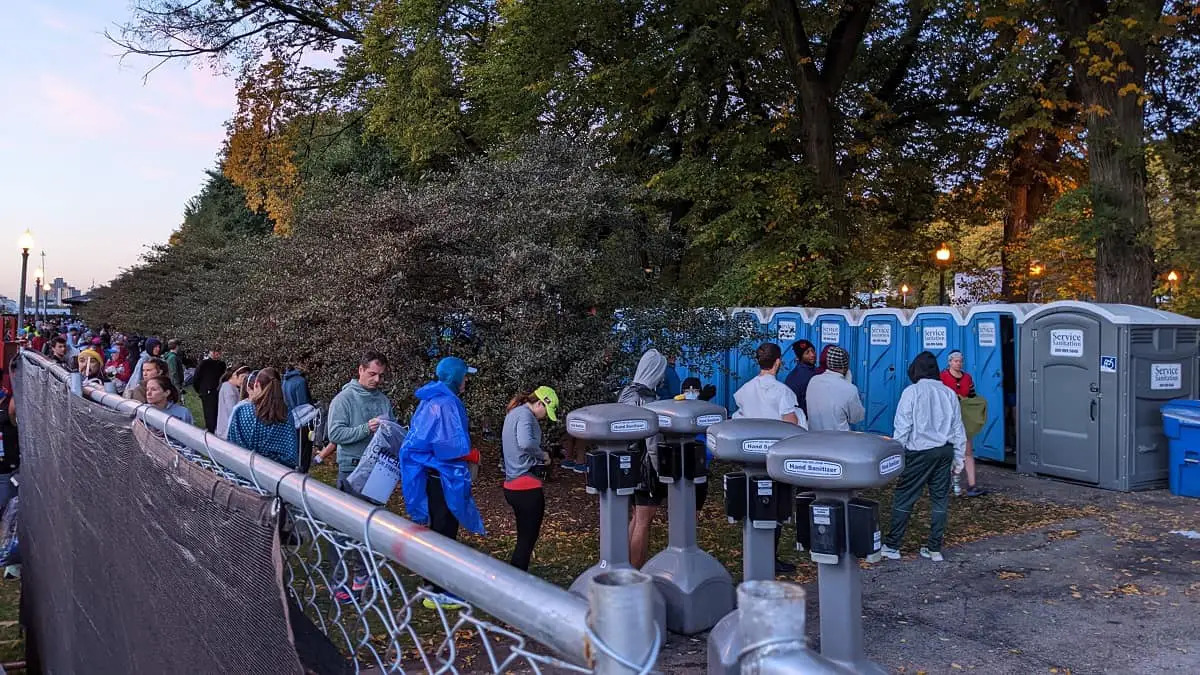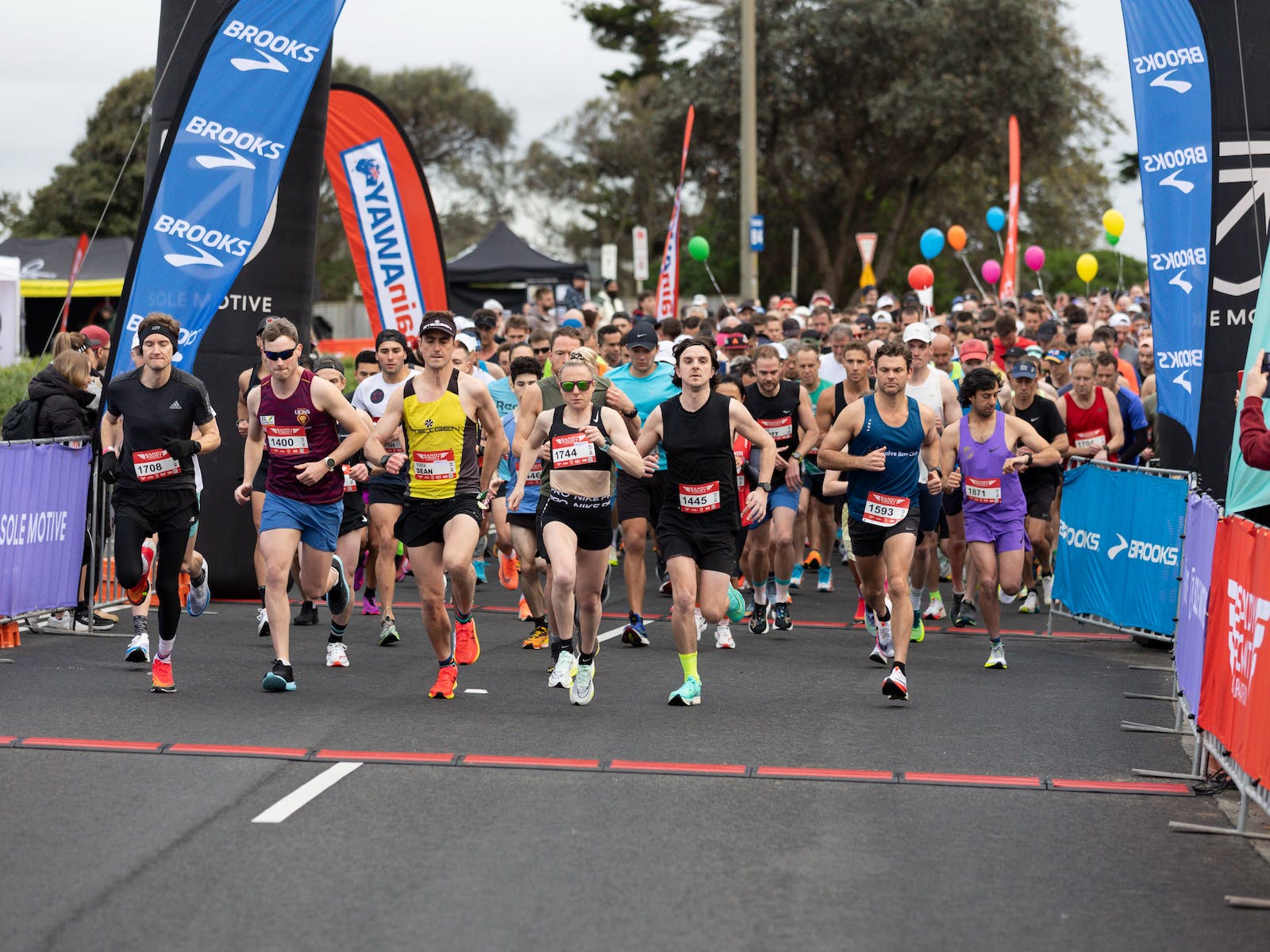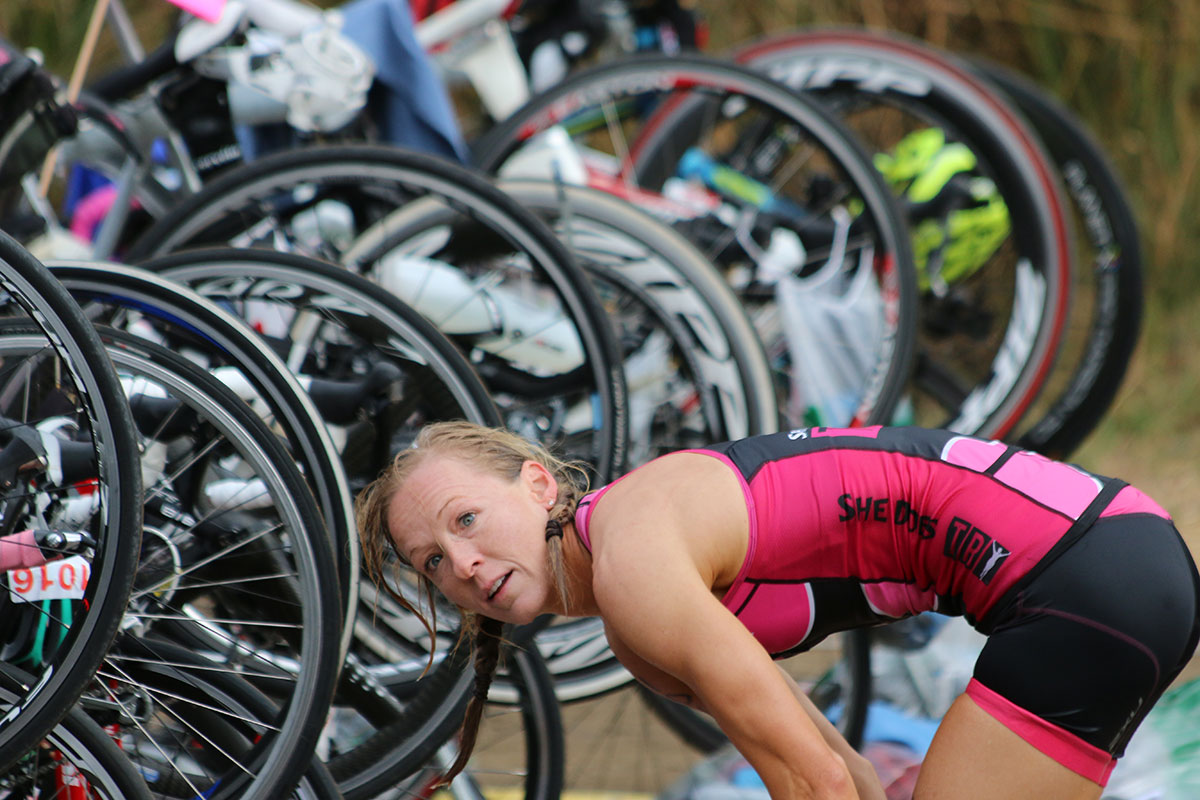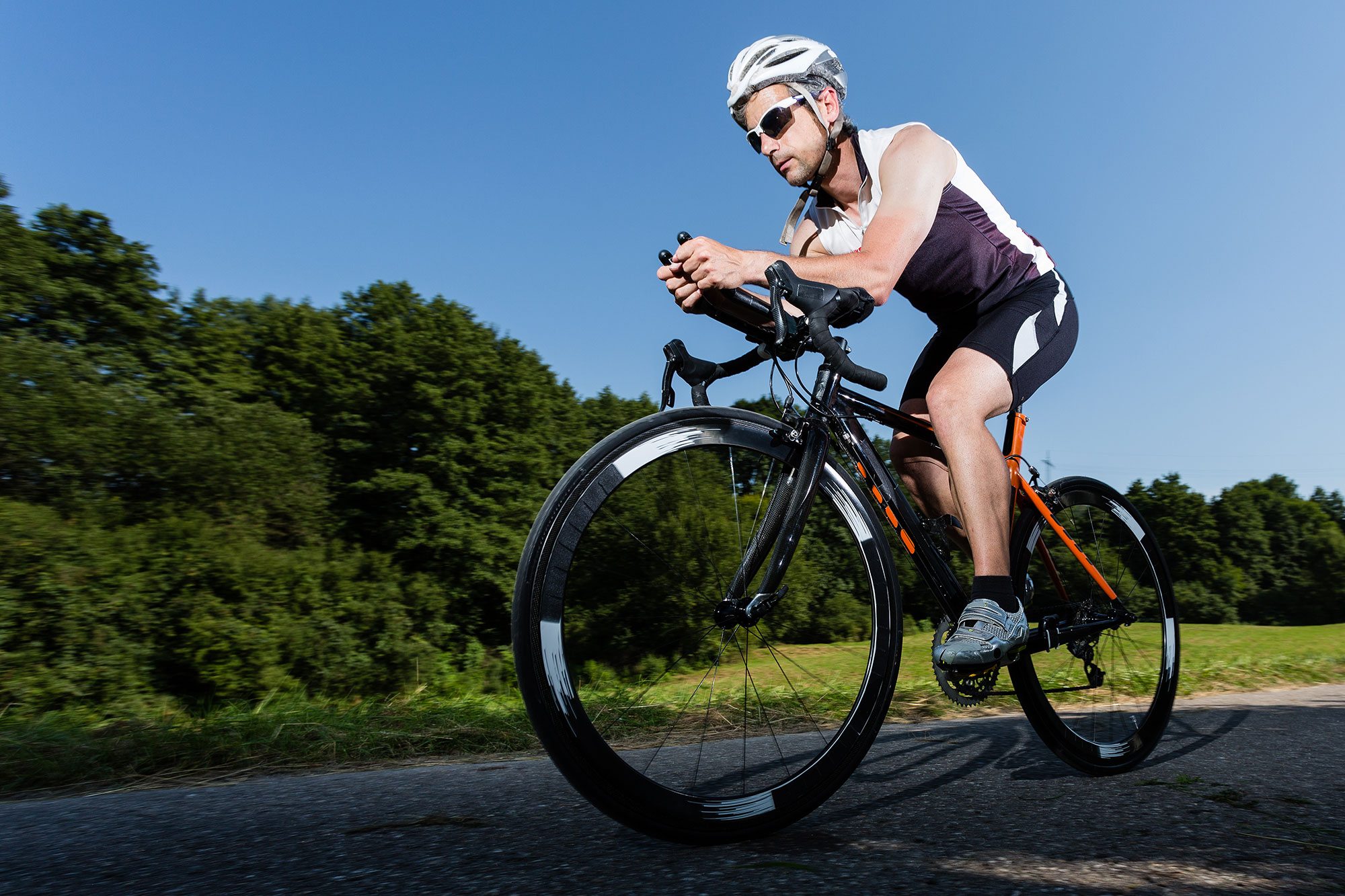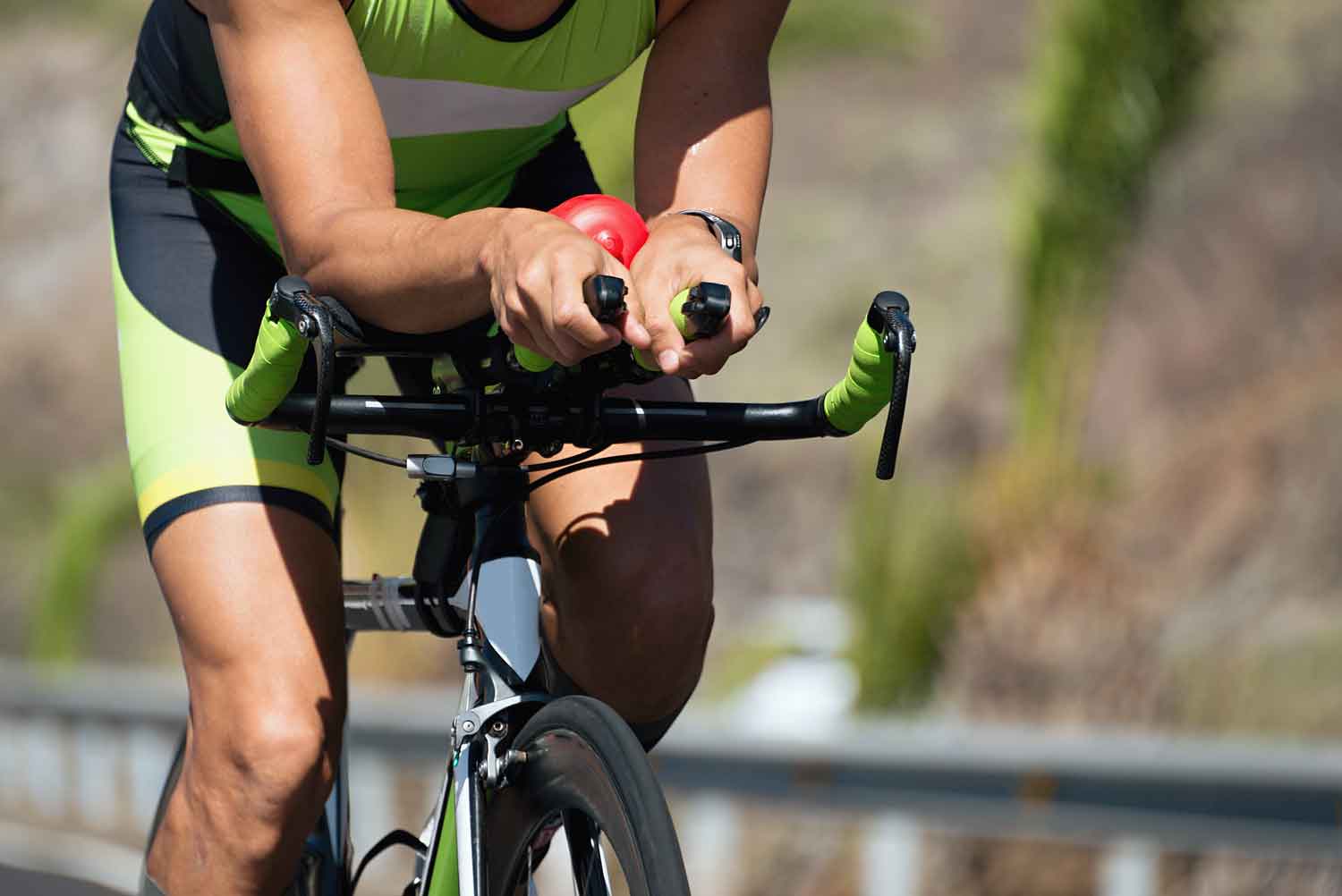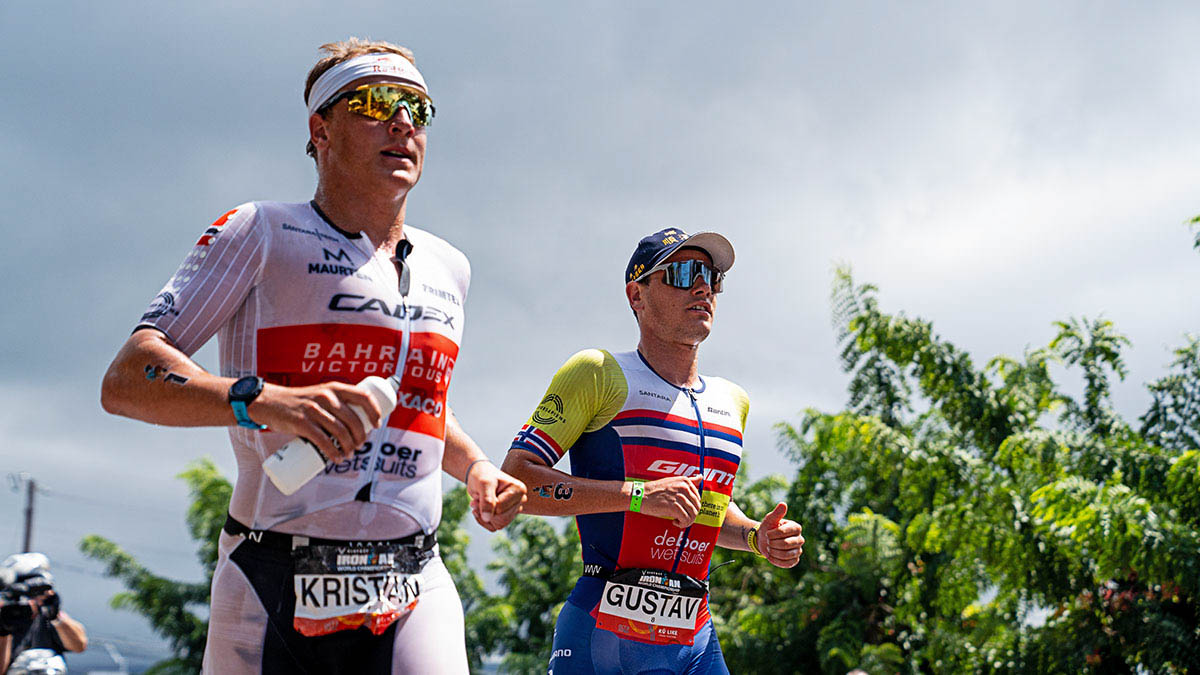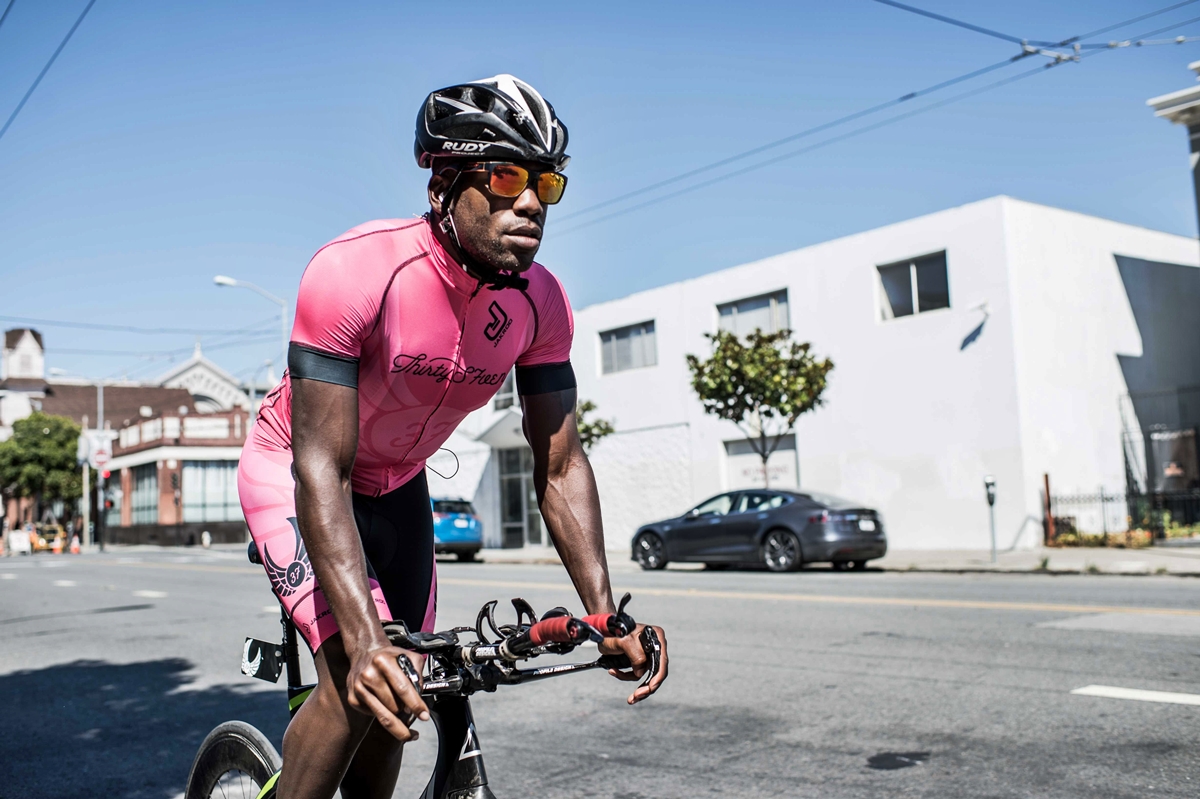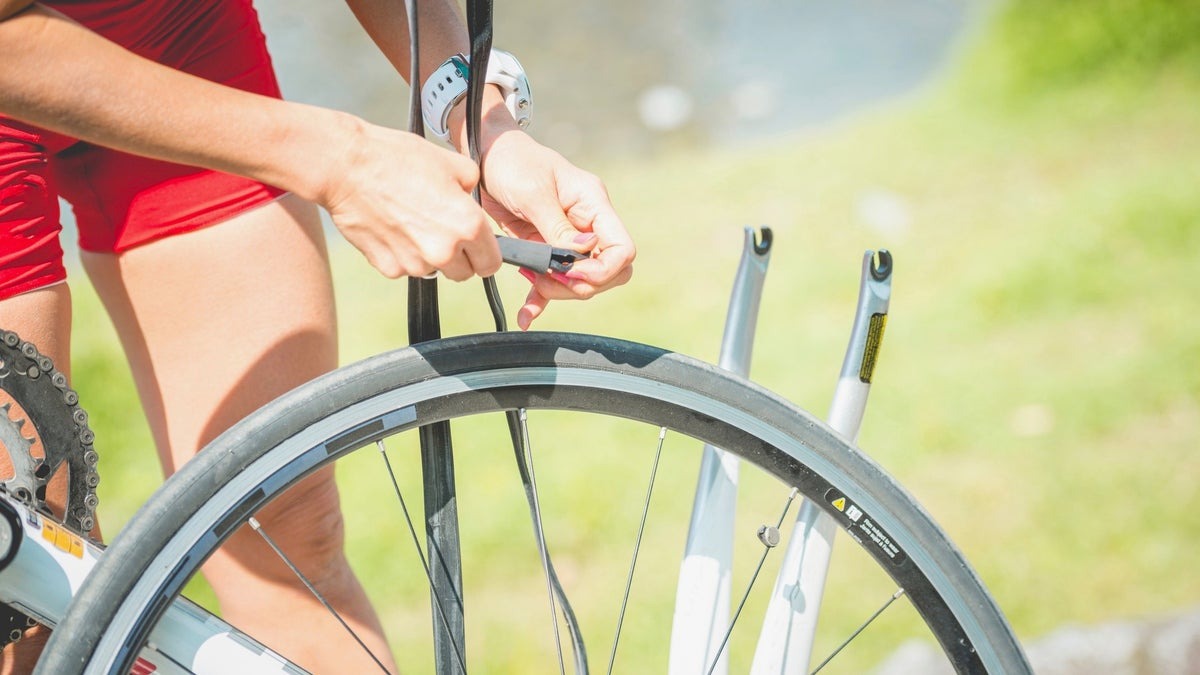Home>Misc>Featured>How Do You Go To The Bathroom During A Triathlon
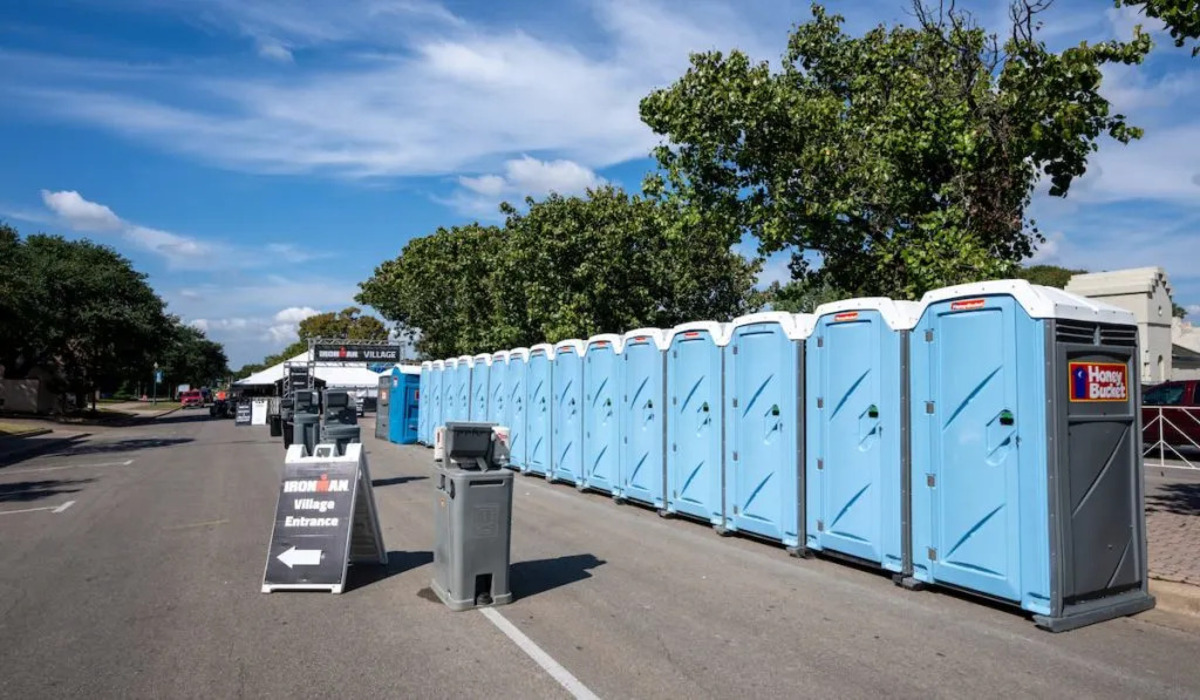

Featured
How Do You Go To The Bathroom During A Triathlon
Modified: January 2, 2024
Featured: Discover how triathletes handle bathroom breaks during races and learn tips to efficiently manage this challenge.
Introduction
Participating in a triathlon is an incredible physical and mental challenge that pushes athletes to their limits. The combination of swimming, cycling, and running requires months of intense training and preparation. However, one question that often comes to mind, particularly for newcomers, is how to handle bathroom breaks during a triathlon.
Triathlons are endurance events that can last several hours, making it essential for athletes to properly manage their bodily functions. While it may not be the most glamorous aspect of the sport, knowing how to navigate bathroom breaks during a triathlon can make a significant difference in an athlete’s overall performance and comfort.
In this article, we will discuss various strategies and tips for managing bathroom breaks during a triathlon. From training to preparing and adapting on race day, we will explore the different factors to consider when nature calls in the middle of a race. By understanding these techniques, triathletes can minimize disruptions and ensure a successful and comfortable race day experience.
Let’s dive into the details and uncover the best practices for handling bathroom breaks during a triathlon.
Training for a Triathlon
Before delving into bathroom breaks during a triathlon, it is crucial to first address the importance of training. Training for a triathlon involves not only building endurance but also incorporating specific techniques to manage bodily functions during the race.
During training, it is essential to replicate race conditions as closely as possible, including the timing and duration of workouts. By simulating the race environment, athletes can better understand their body’s needs and develop strategies for bathroom breaks.
A key aspect of training for bathroom breaks is learning to listen to your body. Pay attention to how your body reacts during long training sessions—when do you typically feel the need to urinate or have a bowel movement? Understanding your body’s signals can help you anticipate when you might need to take a bathroom break during a race.
Another crucial factor in training for triathlons is hydration management. Proper hydration plays a significant role in bodily functions, including digestion and urine production. By practicing drinking fluids during training sessions, you can become familiar with how your body responds and determine the optimal balance between staying hydrated and avoiding excessive visits to the bathroom.
In addition to physical training, it is equally important to mentally prepare for bathroom breaks during a triathlon. Some athletes may feel anxious or uncomfortable about the idea of taking a break during a race, fearing it may disrupt their overall performance. By visualizing and incorporating bathroom breaks into their training sessions, athletes can build confidence and alleviate any unnecessary stress or anxiety on race day.
To sum up, training for a triathlon involves more than just physical endurance – it requires understanding your body’s needs and building strategies for managing bathroom breaks. By replicating race conditions, listening to your body’s signals, and mentally preparing for these breaks, you can optimize your performance and ensure a smoother race day experience.
Preparing for Bathroom Breaks
When it comes to a triathlon, preparation is key. Ensuring that you are prepared for bathroom breaks during the race will help prevent any unnecessary disruptions or discomfort. Here are some essential tips for preparing for bathroom breaks:
- Plan your nutrition and hydration: In the days leading up to the race, pay attention to your diet and make sure to consume foods that are easily digestible. Avoid foods that may cause stomach discomfort or lead to more frequent bathroom visits. Additionally, plan your hydration strategy, keeping in mind how much fluid you need to stay properly hydrated without overdoing it.
- Know the race course: Familiarize yourself with the race course and locate the available bathrooms along the way. Take note of where the aid stations are situated, as they often have portable toilets nearby. By knowing the course layout and bathroom locations, you can plan your bathroom breaks accordingly.
- Time your pre-race bathroom break: Before the race begins, make sure to use the bathroom to empty your bladder and have a bowel movement if needed. Timing this break strategically will help reduce the need for immediate bathroom visits during the race.
- Wear appropriate clothing: Choose race clothing that allows for easy access to bathroom facilities. Consider wearing a triathlon-specific suit or shorts with a quick-drying chamois pad that will help manage any discomfort from wet conditions or sweat.
- Pack essentials: Carry toilet paper or wet wipes in a small bag or pocket, along with hand sanitizer. These items will come in handy if the available bathroom facilities run out of supplies.
By implementing these preparation strategies, you can ensure that you are ready to handle bathroom breaks during a triathlon. Being proactive and organized will greatly contribute to a smoother and more comfortable race day experience.
Using Portable Toilets
In the midst of a triathlon, finding a suitable bathroom facility might be a challenge. That’s where portable toilets come into play. These temporary facilities are typically available at aid stations or designated spots along the race course. Here’s how to effectively use portable toilets during a triathlon:
- Plan your bathroom breaks: As mentioned earlier, familiarize yourself with the race course and know where the portable toilets are located. Plan when and where you will take your bathroom breaks based on these locations, ensuring that it aligns with your race strategy.
- Use the toilet efficiently: Portable toilets are often in high demand during a race. To be considerate to your fellow athletes, make sure to use the toilet as efficiently as possible. Avoid spending excessive time inside and be mindful of others waiting.
- Practice using portable toilets during training: To get comfortable with using portable toilets, incorporate them into your training sessions. Find local races or events where portable toilets are available and practice using them efficiently without affecting your overall performance.
- Carry necessary supplies: As mentioned earlier, it is crucial to pack essential items such as toilet paper or wet wipes and hand sanitizer. These supplies are especially important when using portable toilets, as they may not always be stocked with these items.
- Be prepared for potential queues: Depending on the size of the race, there may be queues for the portable toilets. Factor this into your race plan and consider adjusting your pace or strategy accordingly. If time is of the essence, you may even consider using the bathroom facilities while continuing to move forward.
By following these tips for using portable toilets, you can efficiently manage your bathroom breaks during a triathlon. Remember to plan ahead, be considerate to fellow athletes, and carry necessary supplies to ensure a smooth and hassle-free bathroom experience during the race.
Strategies for Quick Bathroom Breaks
During a triathlon, time is of the essence, and taking a quick bathroom break can be crucial for maintaining your overall race performance. Here are some strategies for minimizing the time spent on bathroom breaks:
- Plan strategically: Identify the sections of the race course where you have more time to spare, such as during transitions or less challenging segments. Use these moments to take a quick bathroom break without sacrificing much time.
- Optimize transitions: Use your transition periods efficiently. As you transition from one discipline to another, make sure to include a quick bathroom visit as part of your routine. This way, you can take care of your needs while minimizing the impact on your overall race time.
- Practice bathroom breaks during training: Incorporate bathroom breaks into your training sessions to develop efficient routines. Practice entering and exiting portable toilets quickly and find ways to minimize the time spent while still taking care of your needs.
- Be organized: Keep your essential bathroom supplies easily accessible. Use small bags or pockets to store items like toilet paper, wet wipes, and hand sanitizer so that you can quickly grab them when needed without wasting time searching for them.
- Stay focused: When you enter a bathroom facility, maintain your focus on the task at hand. Avoid getting distracted by other racers or outside stimuli. By staying focused, you can complete your bathroom break efficiently and get back on the course without unnecessary delays.
By implementing these strategies, you can optimize your bathroom breaks during a triathlon for minimal disruption to your race performance. Remember to plan strategically, practice during training, stay organized, and maintain your focus to ensure quick and efficient bathroom breaks.
Dealing with Hydration and Bathroom Needs
Hydration is a critical aspect of triathlon performance, but it can also lead to increased bathroom visits. Balancing your hydration needs while managing your bathroom breaks can be challenging, but with the right strategies, you can handle both effectively. Here’s how:
- Know your hydration needs: Understand your body’s water requirements during a race. Factors such as temperature, humidity, and intensity of the race can influence how much fluid you need to stay properly hydrated. By knowing your individual needs, you can adjust your hydration strategy accordingly to minimize excessive bathroom visits.
- Practice your hydration plan: During training, practice drinking fluids in a similar manner to race conditions. This will help you determine your optimal hydration schedule and minimize the chances of needing frequent bathroom breaks during the race.
- Consider drinking small amounts frequently: Instead of consuming large quantities of fluids at once, consider sipping smaller amounts more frequently. This allows your body to absorb the fluids efficiently without overwhelming your bladder, reducing the need for frequent bathroom breaks.
- Be mindful of hydration before the race: Hydrate properly leading up to the race to avoid starting with excessive fluid in your system. Take note of the timing between your last significant fluid intake and the race start to ensure that you can start with a relatively empty bladder.
- Monitor fluid loss: Pay attention to your body’s signals and monitor signs of dehydration. Thirst, dark urine, or a decline in performance are indicators that you may need to increase your fluid intake. By staying properly hydrated, you can support your bodily functions while minimizing bathroom breaks.
Remember, the goal is to strike a balance between staying hydrated and minimizing bathroom visits during a triathlon. By understanding your hydration needs, practicing your hydration plan, and being mindful of fluid intake, you can effectively manage both your hydration and bathroom needs throughout the race.
Changing Clothes and Dealing with Wet Gear
During a triathlon, dealing with wet gear and managing clothing changes can be a challenge. Whether it’s changing into dry clothes or dealing with wet gear, here are some strategies to help you navigate this aspect of a race:
- Plan ahead: Before the race, decide on your clothing options and consider the weather conditions. Opt for quick-drying clothing that can help minimize the discomfort of wet gear. Have a plan in place for when and where you will change clothes, taking into account the available facilities and time constraints.
- Minimize clothing changes: Changing clothes during a race can eat up valuable time, so aim to keep clothing changes to a minimum. Choose a triathlon-specific outfit that includes a quick-drying chamois pad, which can be worn for all three disciplines, eliminating the need for multiple clothing changes.
- Practice quick transitions: Incorporate clothing changes into your training sessions to optimize your transition times. Practice changing clothes quickly, getting comfortable with the process, and refining your technique to ensure a smooth and efficient change during the race.
- Use body glide or lubricant: Apply body glide or any other lubricant to areas prone to chafing before the race. This can help reduce discomfort caused by wet clothing and friction, allowing you to focus on your performance without unnecessary distractions.
- Handle wet gear strategically: If you have wet gear, such as a wetsuit or swim cap, find a designated area to stash it before continuing with the race. Consider using a plastic bag or a waterproof pouch to prevent leakage or dampness from affecting other items in your transition bag.
- Stay organized: Keep your dry clothes and any necessary items for changing easily accessible in your transition area. This will allow you to reach for them quickly without wasting precious time searching for what you need.
By implementing these strategies, you can effectively manage clothing changes and handle wet gear during a triathlon. Planning ahead, minimizing changes, practicing transitions, using lubricants, and staying organized will contribute to a smoother and more comfortable race experience.
Conclusion
Managing bathroom breaks during a triathlon may not be the most glamorous aspect of the sport, but it is an essential part of ensuring a comfortable and successful race day experience. By incorporating the strategies discussed in this article, you can optimize your bathroom breaks while minimizing disruptions to your overall race performance.
Training plays a crucial role in preparing for bathroom breaks during a triathlon. Understanding your body’s needs, replicating race conditions, and mentally preparing for these breaks will help you navigate them more effectively. Additionally, planning ahead, knowing the race course, and utilizing portable toilets strategically are practical strategies to ensure efficient bathroom breaks.
When it comes to managing hydration and bathroom needs, finding the right balance is key. Monitoring hydration, practicing your hydration plan, and being mindful of fluid intake can help minimize excessive bathroom visits. Furthermore, dealing with wet gear and changing clothes requires careful planning, practicing quick transitions, and utilizing appropriate clothing and lubricants.
Ultimately, the goal is to maintain a balance between optimizing performance and addressing your bodily needs. By incorporating these strategies into your training, race planning, and overall preparation, you can ensure a smoother and more comfortable race day experience.
So, as you embark on your triathlon journey, remember to train smart, plan ahead, and stay adaptable. By handling bathroom breaks effectively, you can focus on the race ahead and enjoy the incredible challenge that a triathlon offers.
